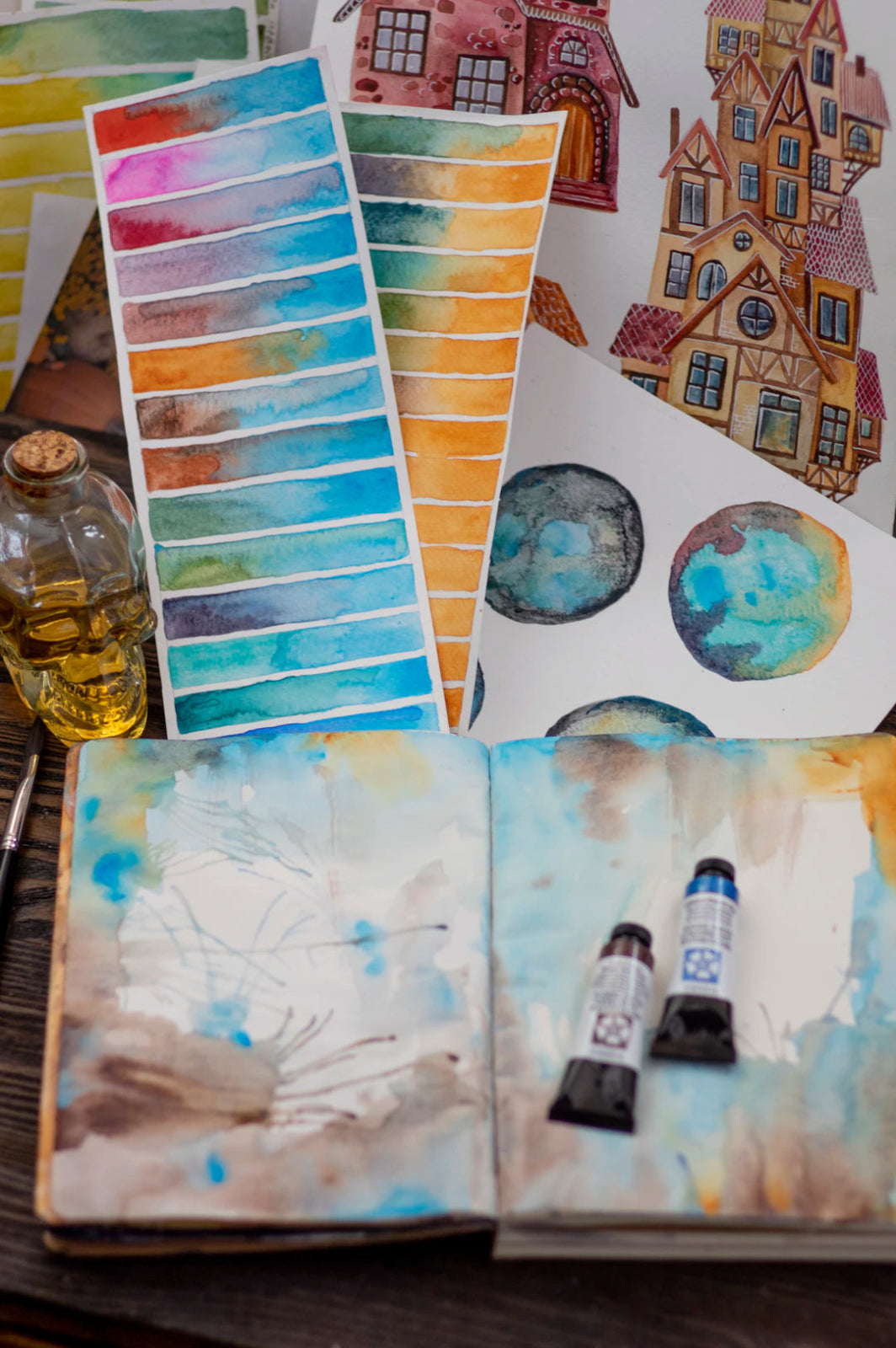Frequently Asked Questions
1. What are the different types of stains covered in the blog?
2. What is the first step in tackling a stain effectively?
3. What should you do immediately after a spill occurs?
4. Which common household items can be used for stubborn stains?
5. When should you consider professional cleaning for stains?
We've all been there: one moment you're enjoying your favorite drink or meal, and the next, a nasty stain has found its way onto your favorite clothing or upholstery. Stubborn stains can feel like a nightmare, lurking as constant reminders of spills, splatters, and accidents. Fortunately, learning how to tackle these stubborn stains effectively can alleviate stress and save beloved items from being tossed aside. In this comprehensive guide, we’ll explore various methods and tips for tackling stubborn stains so you can reclaim your fabric and restore your peace of mind!
Understanding Stains: Types and Causes
Before diving into solutions, it’s crucial to understand the various types of stains and what causes them. Stains can be classified into a few categories:
Organic Stains
These include food and drink spills such as coffee, wine, fruit juices, and sauces. They often result from natural substances and can be tricky to remove if not handled promptly.
Inorganic Stains
These stains arise from substances like ink, paint, or rust. They can be especially stubborn due to their chemical composition, requiring specific treatment processes.
Biological Stains
Our bodies can also be a source of stains. Blood, sweat, or vomit falls into this category. Quick action is vital as biological stains can settle and become far more challenging to remove over time.
The First Step: Stain Identification
Identifying the type of stain you’re dealing with is the first step in effective removal. Take a moment to examine the stain:
- Color: Is it dark, light, or vibrant?
- Texture: Is it sticky, oily, or dry?
- Age: Is it fresh or has it been there for a while?
Each aspect can dramatically influence your approach to removal. Once you know what you’re dealing with, you can select the appropriate cleaning solution.
General Stain Removal Techniques
Act Quickly
Time is of the essence when removing stains. The sooner you act, the higher your chances of successfully eliminating the stain. Blot the area with a clean cloth or paper towel to absorb as much of the stain as possible. Avoid rubbing, as this can push the stain deeper into the fabric.
Cold Water Rinse
For most stains, it’s advisable to rinse the affected area with cold water before applying any cleaning agents. This helps to dilute the stain and lift it away from the material.
Stains Removal Methods by Type
Food and Drink Stains
For food and drink stains like tomato sauce or wine, try the following method:
- Blot the stain gently with a clean cloth to absorb excess residue.
- Make a paste of baking soda and water (or use mild dish soap) and apply it to the stain.
- Let it sit for 15-30 minutes, then gently scrub with a soft brush or cloth before rinsing with cold water.
Ink Stains
Ink stains can be one of the most challenging to tackle. Here’s a simple approach:
- Place a paper towel or cloth under the material to absorb excess ink.
- Use rubbing alcohol or a specialized ink remover, applying it with a cotton ball.
- Blot the ink, moving from the outer edge toward the center to prevent spreading.
- Rinse with cold water once the ink lightens substantially.
Blood Stains
Dealing with blood stains requires immediate action:
- Rinse the fabric under cold running water to remove as much blood as possible.
- Make a paste with cold water and cornstarch; apply generously to the stain.
- Let it sit until dry, then rinse again with cold water.
Advanced Stain-Busting Techniques
Using Salt or Cornstarch
For oily stains, salt or cornstarch can be your best friend:
- Cover the stain with salt or cornstarch.
- Allow it to sit for at least 30 minutes to absorb the oil.
- Brush away the salt or cornstarch, and then launder as usual.
Vinegar and Baking Soda Magic
When in doubt, turn to the classic duo: vinegar and baking soda. This combination works wonderfully for tough stains:
- Sprinkle baking soda on the stain.
- Mix equal parts white vinegar and water in a spray bottle, then spray the baking soda.
- Watch it fizz and bubble – this reaction helps lift stains away!
- Once the fizz settles, scrub gently and rinse.
Prevention: The Best Defense
While knowing how to remove stains is essential, prevention remains a critical line of defense. To ensure your fabrics remain stain-free, consider the following tips:
- Use Stain Guards: Applying a fabric protector can create a barrier against spills.
- Act Fast: The quicker you deal with a spill, the easier it will be to remove.
- Avoid High-Risk Areas: Keep high-stain potential items (like drinks) away from sensitive fabrics.
Maintaining Fabric Integrity
In the pursuit of removing stubborn stains, it's vital to maintain the integrity of your fabrics. Here are some key considerations:
Test Cleaning Solutions
Before applying any cleaning solution, conduct a spot test on an inconspicuous area. This ensures that your chosen method won’t damage the color or texture of the fabric.
Laundering Properly
Follow the care instructions on clothing labels, using appropriate temperatures and detergents for fabric types. Don’t forget to air dry if necessary, as heat can set stains making them more challenging to remove.
When to Call in the Professionals
Sometimes, despite your best efforts, a stain may be too stubborn to conquer. In such cases, it’s worth considering professional cleaning:
- If the fabric is delicate, like silk or wool.
- For large, extensive stains that are impossible to treat at home.
- If you’re unsure about your cleaning methods and want to avoid damaging your items.
Final Thoughts: Embracing Your Stain-Fighting Power!
Stubborn stains do not have to turn into personal disasters. With the right techniques and timely action, you can tackle even the most daunting stains with confidence. Remember to adapt your methods based on the type of stain and fabric you’re dealing with. And above all, keep in mind that prevention is your best ally. By incorporating stain-fighting strategies into your routine and treating spills with immediacy, you’ll protect your cherished items and maintain a beautiful, clean environment. Happy stain-busting!
Explore another user's Shopify or Wix store by following this link to their store. Keep in mind that this is a promotional link, and we assume no responsibility for the content of the linked store.


Share:
DIY Natural Cleaning Solutions for a Greener Home
The Green Clean: Why Eco-Friendly Products Matter